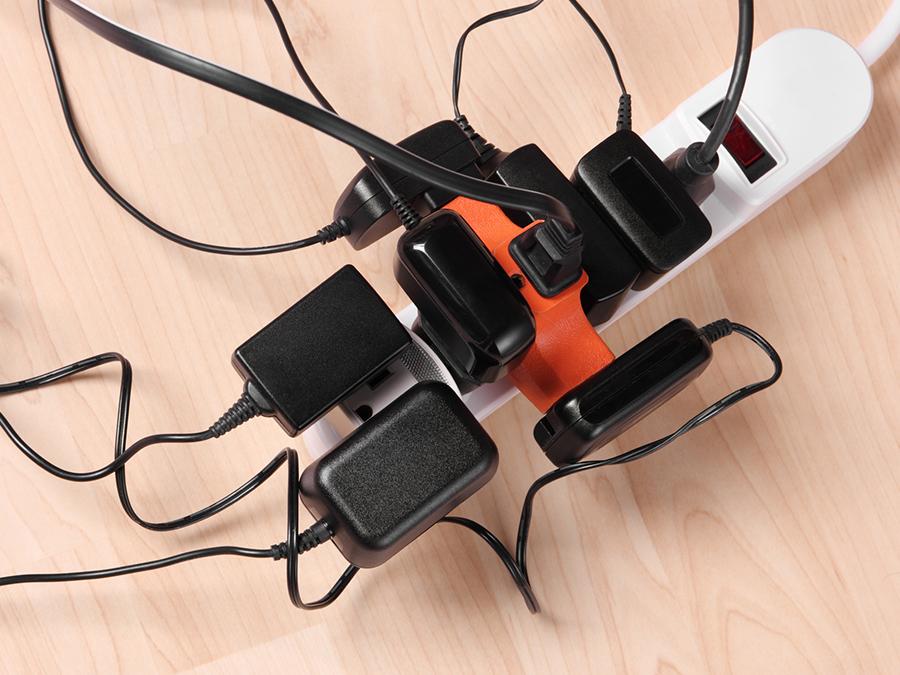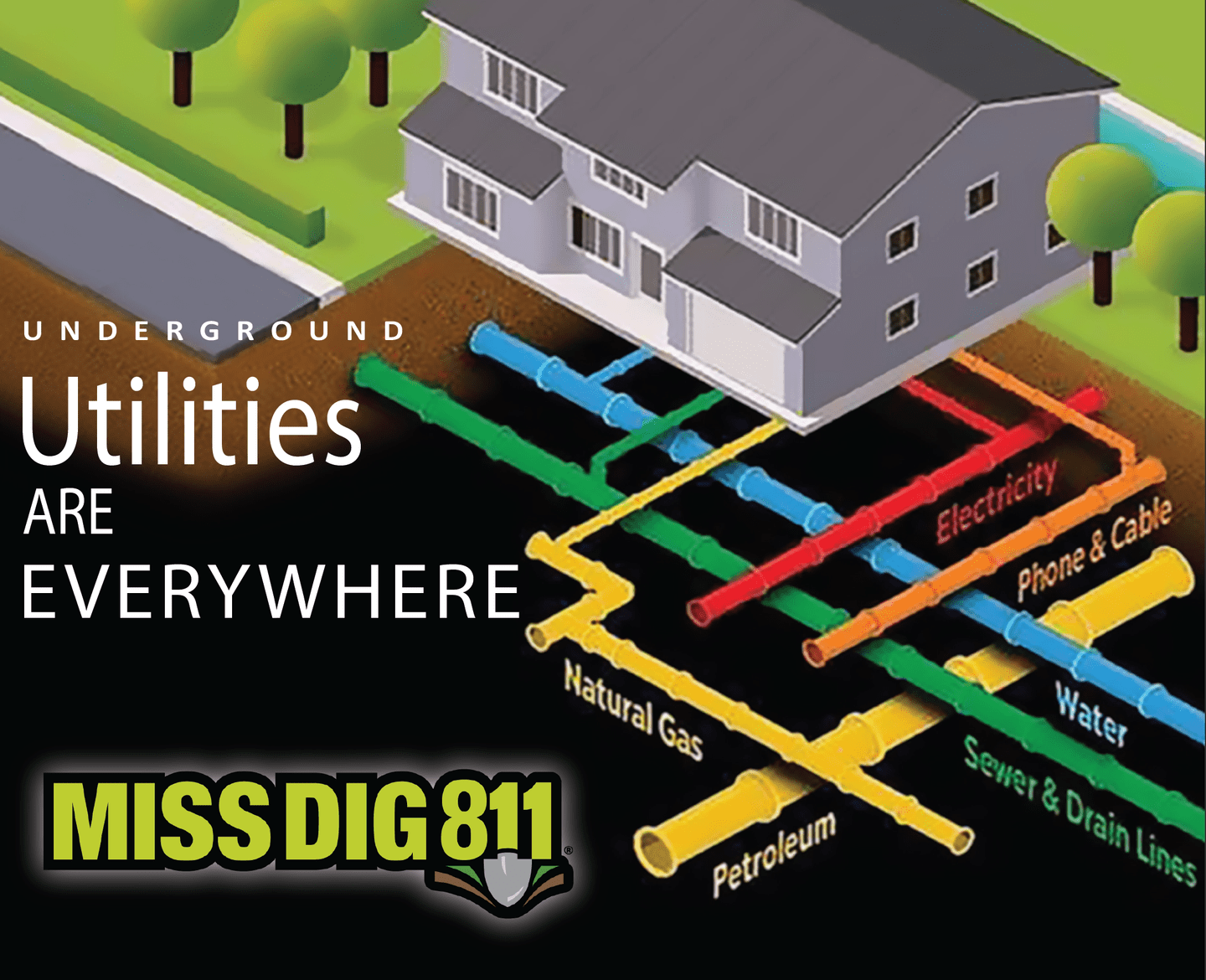At DTE Energy, safety is not just a goal. Safety is a major part of our culture whether we’re at the office or in the field. Keeping our customers and team safe is our top priority. Although we focus on safety year-round, we’re putting extra emphasis on it during National Safety Month — a month dedicated to focusing on keeping your environment safe and free from danger — to ensure you have the information and resources needed to keep you and your loved ones safe around electricity.
Electricity is the most common energy source used today. It’s extremely safe as long as you treat it with respect. When it comes to your yard or home, it important to always keep safety top of mind.
Here are ways you can keep your home free of electrical hazards:
Trim trees that interfere with power lines: Overgrown tree limbs account for 50% of the time our customers spend without power. Branches also can knock live power lines down, causing a hazard. You can avoid the risk by having your trees growing into power lines trimmed by a professional. It’s important to note that trimming trees is not a “do-it-yourself” job, especially when it’s around or near a power line. We always recommend using a professional tree trimming service to perform the work.
Consider electrical infrastructure when landscaping: Before you start landscaping projects, you should consider the electrical equipment in your yard. Whether it’s the power lines in the sky, transformer on the lawn or power lines underground, you should know where the electrical infrastructure is and work around it for your safety. To find out where power lines and other utilities are buried, call MISS Dig at 8-1-1. If you plan to plant a tree, plant powerline-friendly trees. Get advice on where and what to plant at dteenergy.com/treecare.
Remove obstructions from electrical equipment: We recommend keeping DTE transformers — the green or grey metal boxes in your yard — clear of landscaping or structures. Crews need at least eight feet of clear in front of the transformer and two feet on all other sides to work safely. When this equipment is blocked, it creates an unsafe work environment for crews. It also poses a potential safety hazard for you and your neighbors. Transformer obstructions can prolong outages. Additionally, they can delay fire fighters from entering a house during a fire because DTE must access transformers to shut off power to your home before firefighters can enter.
Routinely check plugs, cords and fuses: Routinely checking plugs, cords and fuses in and outside of your home can prevent fires.
- Use the proper wattage when plugging into an outlet or extension cord. This information can be found in an item’s user manual.
- Avoid overloading plugs and fuses.
- Check cords for frays or damage. Get rid of damaged extension cords.
- Make sure fuses are the right amperage. Only replace a fuse with a fuse.
- Don’t run cords under rugs, carpets, doors or windows to avoid tripping and damage to the cord.
Unplug small appliances: Unplugging small appliances when you aren’t using them can protect the appliances from overheating or power surges.
Prepare for storms: Michigan’s storm season is in full swing, running from late March through early September. It’s always a good idea to have a storm preparedness plan in place.
- Stay at least 20 feet away from a downed power line and anyone or anything in contact with it. Even if there are no sparks, lines can be deadly.
- If a downed power line comes in contact with your vehicle, stay inside and wait for help.
- If you leave home during an outage, double check to make sure all heat-producing appliances, such as stoves, clothes dryers, irons and curling irons, are unplugged. This will minimize the danger of fire if power is restored while you are away.
- Protect sensitive electronic equipment, such as computers, televisions and stereos, with surge suppressors. If you are home when a storm approaches, you may want to unplug sensitive electronic equipment.
Educate friends and family: Perhaps the most important item that should be on your home electricity safety check list is educating your family and friends. Create a safety plan that tells your family what hazards to look for and what to do if they run into them. Our team has even created a children’s electric safety activity book with fun, educational safety activities to get the conversation started. Finally, sharing this electricity safety check list with friends and family will empower them to take their safety into their own hands and help create a safe environment for the people around them.
At DTE, we embrace safety. We are committed to creating and maintaining a safe work environment, equipment and more to protect our customers. We put the safety of people first, a responsibility that each and every member of our team takes to heart.
For more information on what to do if you see a safety hazard, check out our blog: How to stay safe around electrical equipment. Get additional resources, tips and information on keeping your home electricity safe at dteenergy.com.

